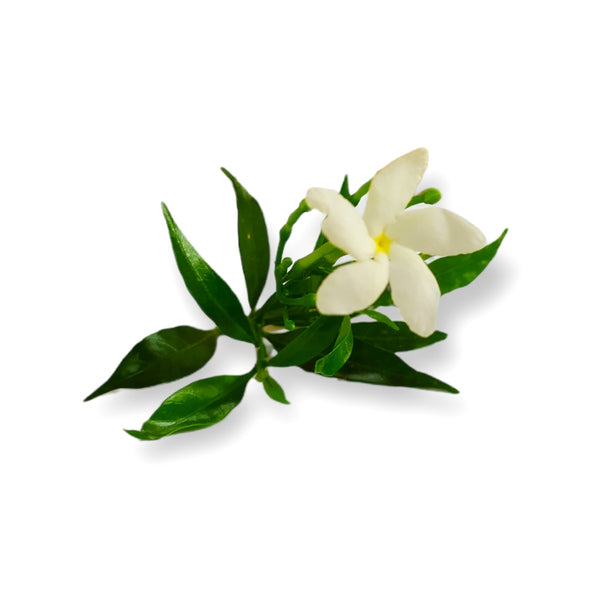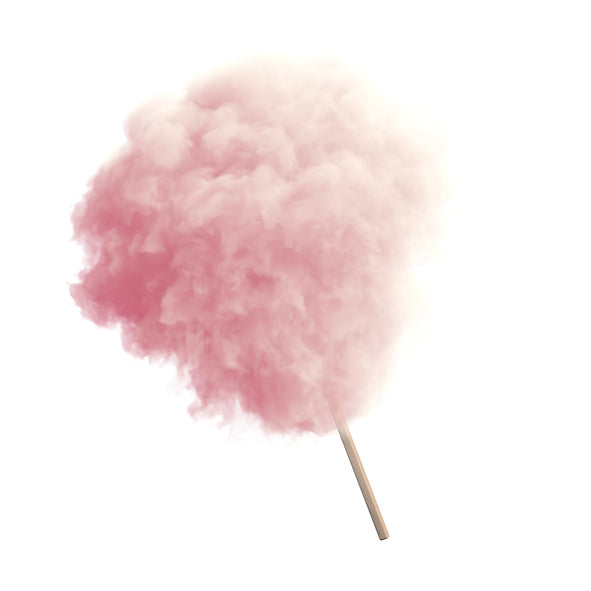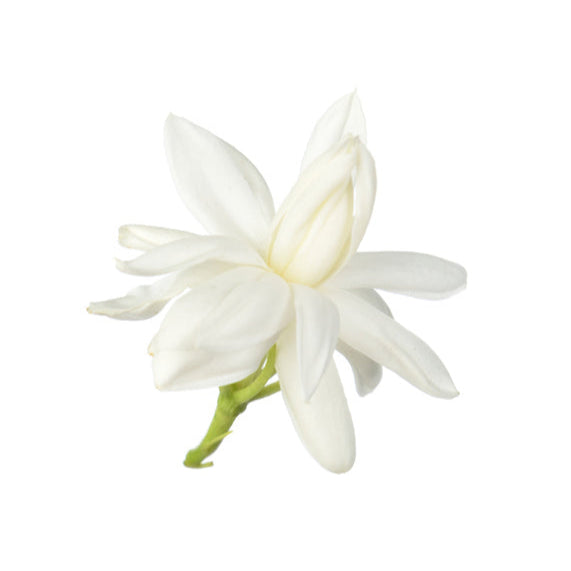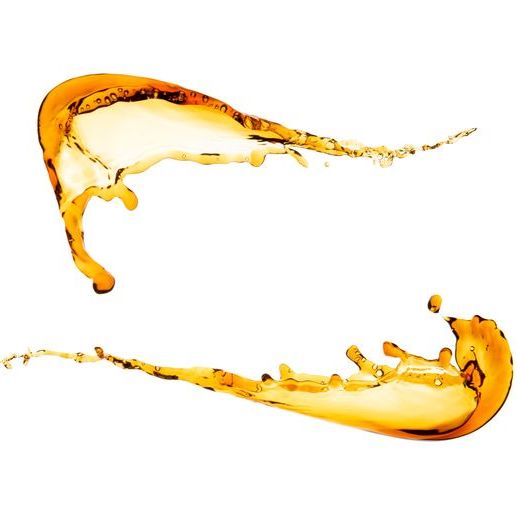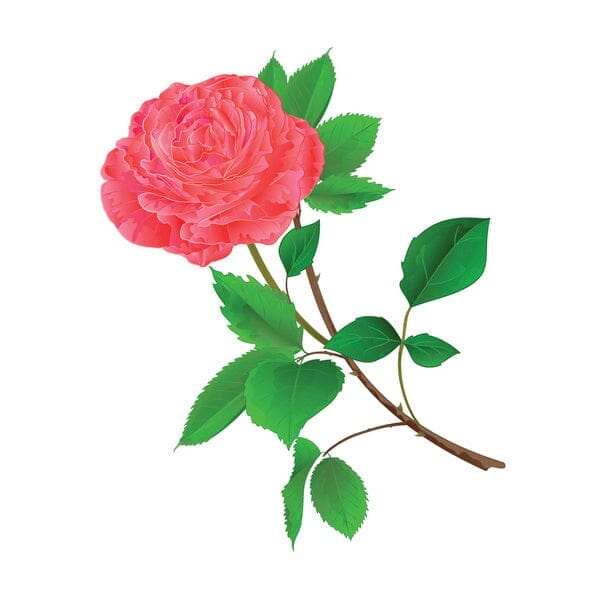SUMMARY
02. What do you know about dried fruit accords in perfumery?
03. Famous perfumes with dried fruit accords
04. Dried Fruits X Good Perfumer
In the beginning...
For thousands of years, dried fruits have been an essential part of the human diet. Ancient cultures such as Mesopotamia, Egypt, and ancient Greece used dried fruits for their nutritional value, longevity, and ease of storage and transportation. Fruits such as figs, dates, apricots, and raisins were sun-dried and eaten as such or used in recipes.
What do you know about dried fruit accords in perfumery?
Perfumery uses synthetic molecules and natural raw materials with fruity facets to recreate the scent of dried fruits for several reasons. First, it is difficult to extract essential oils from dried fruits. Molecules with dry fruit facets are usually produced synthetically in laboratories.
Once the base molecules are created, they are then assembled to recreate the desired olfactory profiles. To bring a dried fruit effect to a composition, perfumers have created bases that approximate the natural scent of dried fruit. Bases are complex accords that allow the integration of olfactory notes into perfumes that are not present in nature.
The Prunol De Lair base is an emblematic example of these accords and brings fruity facets of apricot and candied plum to the compositions.
To create a dried fruit accord, lactones are primarily used, particularly gamma undecalactone. This raw material, also known as C14 aldehyde, has a milky, waxy peach note. It is often combined with davana essential oil, for example, which adds a dried apricot note. There are many other ingredients available for creating dried fruit bases and accords.
Dried fruit fragrances generally belong to the amber or gourmand olfactory families . They tend to have a rich and deep olfactory profile, with sweet, spicy, woody, and sometimes slightly smoky notes.
The scent profile of a dried fruit fragrance can vary depending on the fruit being blended. For example, a dried apricot fragrance might have sweet, slightly floral notes, while a dried fig fragrance might have green, earthy notes.
Thus, certain notes of dried fruits are particularly appreciated, here are some of the most frequently reproduced scents:
• Prune: Prune has a rich, fruity scent that can add depth and warmth to a fragrance. The prune note is often used in oriental and gourmand fragrances. It is often provided by bases such as Prunol or natural raw materials such as davana essence.
• Fig: The fig is often recreated in perfumery for its green, milky side. It is often its leaf that is interpreted with its earthy, crisp, and creamy facets. It is often used in fresh, green, and fruity perfumes, as well as in woody fragrances.
• Apricot: Dried apricot is one of the most interpreted dried fruits in perfumery because it can be provided by natural raw materials such as davana essence, a liqueur-like, fruity and candied material or osmanthus absolute which provides floral, liqueur-like fruity and very animal notes. The apricot note is often used in fruity floral perfumes.
• Date: The date has a rich, syrupy, and honeyed scent. The date note is often used in oriental and gourmet perfumes for its depth and enveloping effect.
• Bitter Almond: Although technically a kernel and not a dried fruit, bitter almond has a sweet, slightly bitter scent that is often used in perfumery. It brings a natural touch to dried fruit accords and is frequently used in gourmet and oriental fragrances.
Dried fruit notes are often combined with notes of vanilla, spices like cinnamon or cardamom, woods like cedar or sandalwood, and resins like benzoin or labdanum. These accords help enhance the richness and depth of the dried fruits, while adding complexity and balance to the overall fragrance.
Famous perfumes with dried fruit accords
In the history of perfume, the first fragrance to evoke this note of dried fruits is Talisman by Balenciaga . Inspired by Egypt, this floral chypre fragrance offers a floral heart where the dried fruit accord transitions to a warmer and more sensual base of vanilla, sandalwood and patchouli.
• Tomo for Her Annayaké Eau de Parfum
• Arabie Serge Lutens for men and women
• Talisman by Balenciaga for women
• Loulou by Cacharel
• Tom Ford Tobacco Vanilla Eau de Parfum
• Jungle L'Elephant Eau de Parfum , by Kenzo
• Sultana Spices Eau de Parfum , from Comptoir Sud Pacifique
Dried Fruits X Good Perfumer
Discover the dried fruit accords in our new candle 05 ! Green fig, myrrh, cedar… A moment of relaxation in your hammock, in the shade of a fig tree. A fleshy and sweet fig! Its heart holds the irresistible and warm atmosphere of the Mediterranean. The notes of dried fruit and dried fig bring sweetness and indulgence to the slightly milky green notes of fig leaves. The woody and balsamic notes of myrrh and cedar infuse the candle with power, warmth, and sensuality.
Also in our 401 eau de parfum ! Cedar, candied plum, vanilla… A fragrant liqueur with fruity and vanilla accents. A fresh and tangy trio of cypress, elemi, and bergamot to start. Then the plum reveals sweet and captivating tones of candied fruit, balanced by the elegance of cedarwood. Vanilla gives this creation a strong character, bringing roundness and sensuality.




